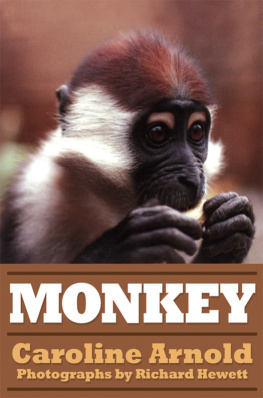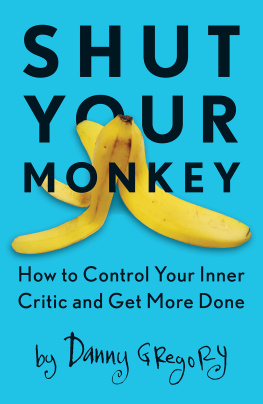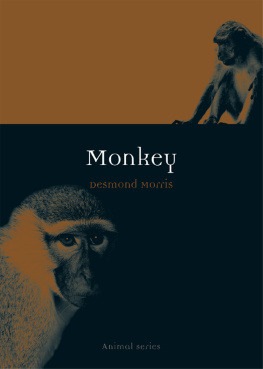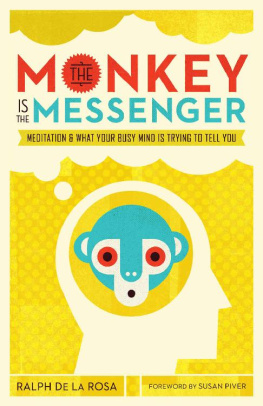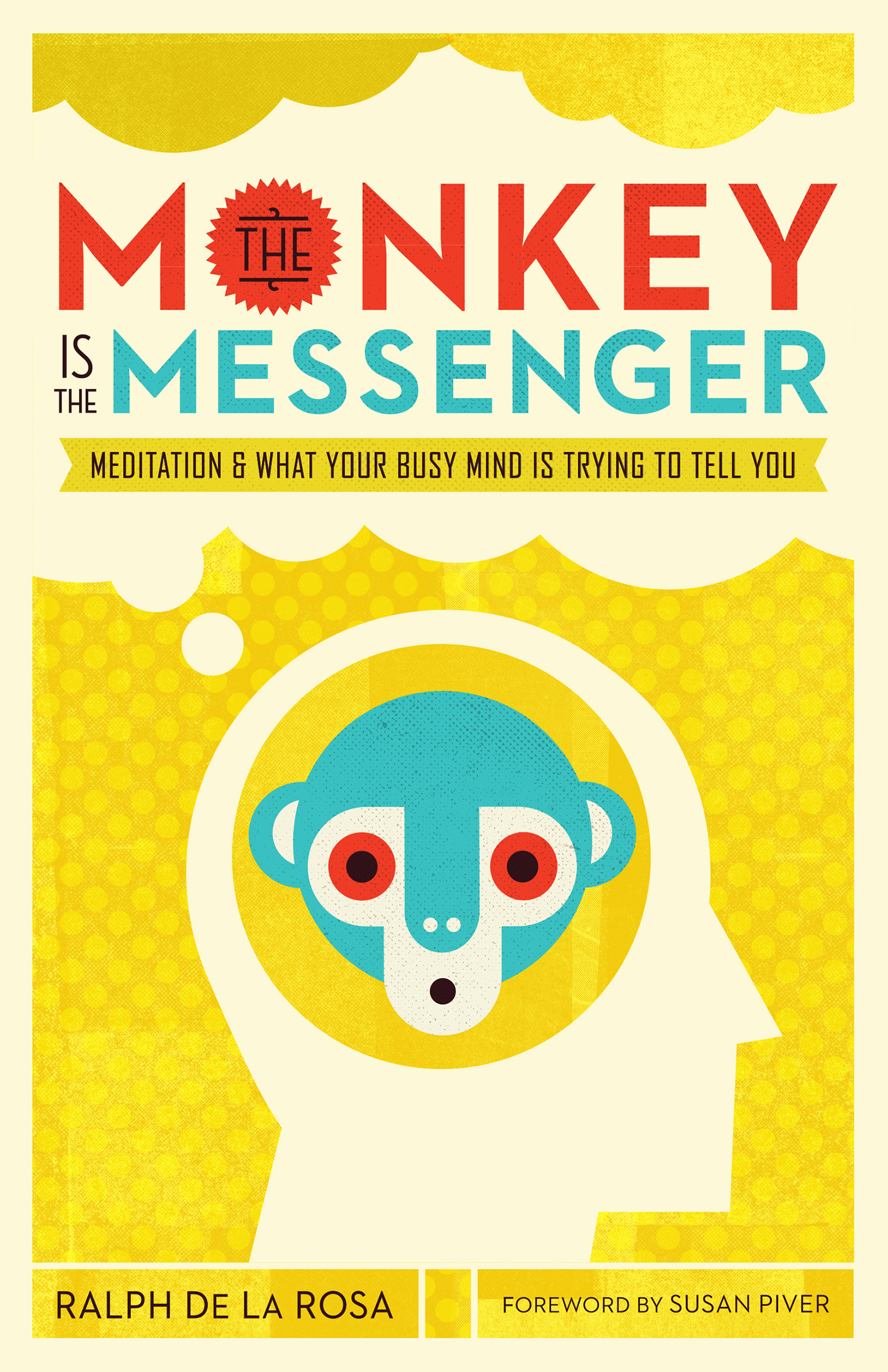The practices in this book have a guided audio companion that can be found online at www.shambhala.com/themonkeyisthemessenger.
Foreword
I T IS WONDERFUL that meditation is receiving so much attention for its proven ability to enrich our lives. It has been shown to regulate blood pressure; reduce the stress hormone cortisol; help with chronic pain, insomnia, and depression; and even to thicken the good parts of the brain and shrink the bad. In short, it has been scientifically proven that meditation is awesome.
Which is fantastic. However, there is a danger. To use meditation purely for its prescriptive capacity is to miss the point of the practice altogether. Though it is indeed a powerful medicine (my friend and fellow meditation teacher Jonathan Foust says that if meditation were a pill, everyone would take it), it is far more than that.
Meditation is not a life-hack. It is a spiritual practice.
In the pages of this book, Ralph De La Rosa points us over and over again to the practice of meditation as a doorway, not to self-improvement, but to liberation. Our life is the path, says Ralph, and we are already completely whole, worthy, and brilliant.
As Western meditation teachers, we see three big misconceptions about the practice, all of which are clearly dispelled by The Monkey Is the Messenger.
The first misconception is the most important to clear away. It is that in order to meditate, we have to stop thinking. Monkey mind is seen as the enemy, something to shut down. But where did we ever get the idea that meditation was about clearing the mind of thought? The mind exists to make thought, just as the eyes exist to see and the ears to hear. Trying to make yourself stop thinking is like trying to get your eyes and ears to stop seeing and hearing. Ludicrous! And even if you could do it, so what? That would not bring much benefit to you or your fellow humans. To try to stop thinking means to enter into a giant battle with yourself, one in which part of you is telling another part of you to shut up. In the vast canon of Buddhist wisdom on meditative practices, Im pretty sure no one ever included the instruction to zip it. Instead of telling the monkey mind to freeze, the great adepts tell us, we make space for it to be exactly as it is. In so doing, we find that our endless thoughts are simply one part of what is happening in the inner world, and there is no need whatsoever to expel them. Instead we meet the monkey as a friend with wisdom to share, not an enemy to be vanquished.
The second misconception about meditation is that it is a form of self-help. Okay, it is enormously helpful. It has fantastic applications in a variety of therapeutic settings. But to use meditation for self-improvement does not work. It is not like going on a diet or resolving to work out more often. It is far more radical than thisa proven method for jumping off the self-improvement treadmill to instead see our natural perfection and wholeness. Meditation is a journey, not a tactic. The journey unfolds when we divorce it from all agendas. This is quite radical and, at least for myself, hard to imagine. Stop trying to get somewhere? Relinquish all my strategies? No more beating myself up for not being more awesome? These have been my full-time occupations! However, when I enlist spiritual practice in service of conventional aims, all the mojo dissipates. When I can let go of my agendas and simply let the process develop, I find what practitioners have discovered over millennia: meditation is a gateway to the three qualities of the awakened mindwisdom, compassion, and power. Such qualities far outweigh my conventional aspirations and concerns. When I allow myself to be exactly as I am, the monkey becomes a source of love.
Countless images of blissed-out meditators in yoga pants notwithstanding, the third misconception about meditation is that the practice will make you more peaceful. (Sorry!) Actually, meditation is far more interesting than that. Rather than teaching you how to convert the vast spectrum of human emotion into an equal tone, meditation points you toward the wisdom contained in your present experience. All emotions are invited to the party. When you sit to meditate, you place attention on breath and then simply allow yourself to be as you are. Period. That is the entire practice. Whether you are easeful, cranky, vicious, delighted, bored, or frustrated, it is all included. You stop trying to mold yourself into this or that and instead let down your guard. You soften toward yourself. The power and consequence of this action cannot be overstated. A wall begins to come down, and you stop being afraid of your own life. It is quite extraordinary. You see who you really are, and because you are not viewing everything through hardened lenses of hope and fear, you also see more clearly into the hearts and minds of others. Your life touches you because you are actually living it. Everything, then, is heightened: joy, sorrow, love, the whole nine yards. This is not exactly a prescription for peacebut it is a path to something better: authenticity. In this way, the monkey becomes a source of courage.


